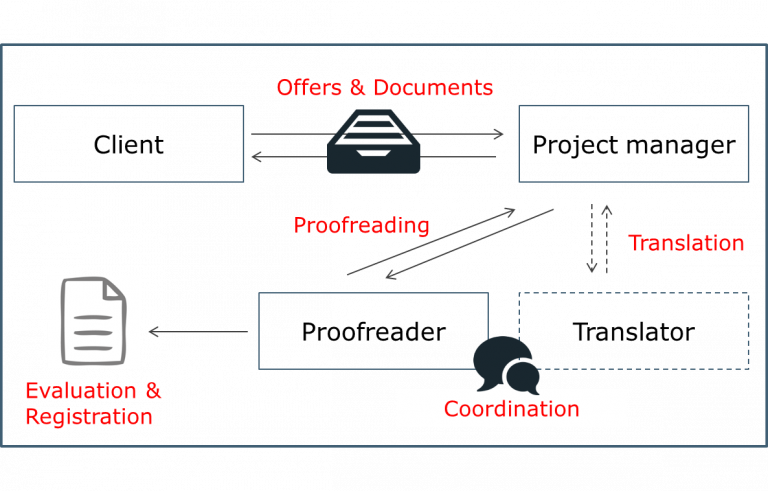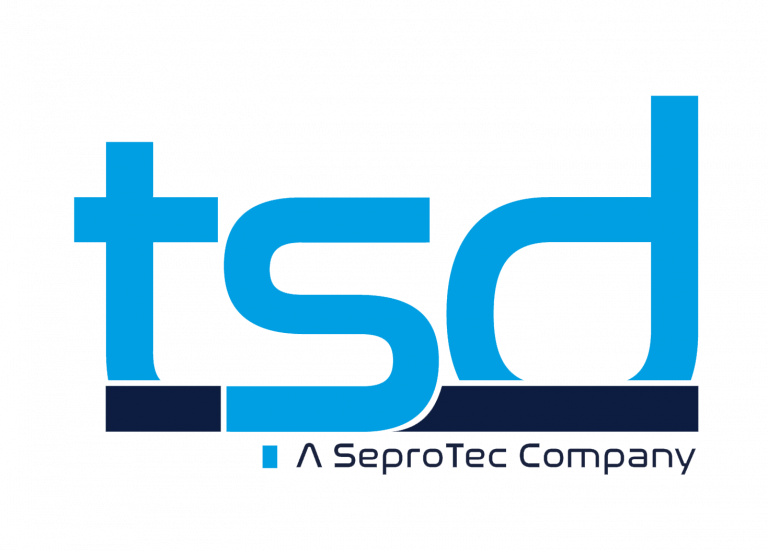Alignment
Proofreading
The idea of proofreading is based on the saying “four eyes see more than two”. Following this principle, proofreading is not only a decisive factor in quality assurance, it also involves an evaluation of the translation in question which, through documentation and analysis, facilitates measurement of performance quality.
Both aspects, quality assurance and quality evaluation, are of great value in translation processes geared towards long-term quality and performance. For this reason, we recommend our customers request translation following the four eyes principle, a process included as part of our standard workflow. In this service package, linguistic proofreading is carried out in addition to the translation service. The proofreader reviews the translation and makes changes if necessary. Following this, they evaluate the work of the translator.
In our classic proofreading service, the evaluation is given as a mark from one to five following the German school grade system. Other evaluation systems are also regularly employed, such as SAE, DQF-MQM, etc. This will be explained in more detail below. As a result of the evaluation, translations that do not meet the quality standards are identified both in the short and long term and appropriate counter measures can be taken.

The evaluation of results also allows us to manage the allocation of projects within our team according to the strengths of our individual employees. Applying the four eyes principle means that our projects are continuously subject to critical evaluation, allowing opportunities for improvement to be identified at an early stage and communicated to our customers.
We also offer our proofreading services independently of translation services. If your company produces translations internally or you require proofreading or correction services for other translated texts, we would be happy to provide these services for you.
In our standard workflow, proofreading involves a review of a translation for linguistic accuracy. In addition or instead of a purely linguistic review, we are also able offer a broad range of specialised proofreading services. These include proofreading in accordance with the SAE J-2450 standard, the DQF-MQM framework and also validation.
Would you like to find out more about our proofreading services or request an offer? Contact us by telephone on +49 (0) 221 9259860 or email at tsd@tsd-int.com.
Standard workflow
- Situation A: Proofreading after translation by tsd: the project manager assigns the project to a proofreader for review and evaluation.
- Situation B: Proofreading without translation by tsd: the project manager creates an offer including the expected processing time.
- After confirmation of the offer, the project manager assigns the document to the proofreader who reviews and evaluates it.
- Situation A & B: following proofreading, the proofreader gives the project back to the project manager and documents their Evaluation.
- The project manager carries out a final check and sends the project to the customer.
- Customer feedback.

Checklist





